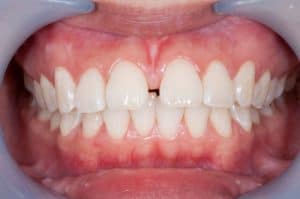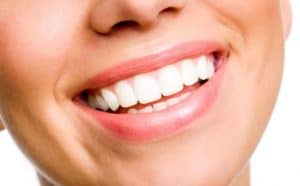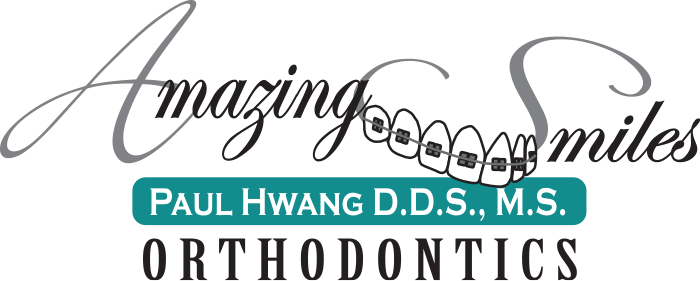What We Treat at Amazing Smiles Orthodontics in Sylvania
Orthodontic Services We Offer to Swanton & Sylvania Dental Patients

The aesthetic and health benefits of straight, properly aligned teeth should not be underestimated. To serve patients with diverse needs, Dr. Paul Hwang and our team are expertly trained to treat a variety of orthodontic problems, ranging from teeth crowding, to deep overbite, excessive overjet, open bite and underbite.
Crowding of the Teeth
Crowding occurs when there is insufficient space for all of the teeth in the upper arch, lower arch or both. The teeth may look slanted, twisted, uneven or pushed in front of, or behind, adjacent teeth. In addition to looking unsightly, crowded teeth are more difficult to clean and raise the risk of tooth decay and gum disease. Crowded teeth can also lead to chronic tooth grinding and clenching since the teeth do not have a proper position in which to rest. Orthodontics gently and gradually shift the teeth into an ideal position; appliances such as an expander can also be used to modify the shape and width of the arch to accommodate all of the teeth.
Open Bite
An open bite occurs when the front teeth do not touch each other while contact occurs on the back teeth; there is a gap between the upper teeth and lower teeth. The upper and lower teeth may be positioned outward. An open bite may be caused by thumb sucking that results in tongue thrusting while swallowing. Some experts believe that prolonged use of bottles and pacifiers can also lead to the development of an open bite due to the development of a tongue thrust while swallowing. Treatment may include braces and the use of a special appliance to retrain the tongue position while swallowing however the best treatment is prevention by stopping thumb sucking and pacifier use before the age of 3.
Deep Overbite
A deep overbite is a condition in which the upper teeth overlap the lower teeth. Overbite may be caused by skeletal or dental issues; in the former, the jaw is the problem and in the latter, the teeth are to blame. An overbite may be hereditary or can be caused by uneven jaw growth. It can lead to problems with speech and/or chewing, damage to teeth, soft tissue and other serious dental issues.
Missing Lateral Incisors
In cases where a patient’s lateral incisors are missing, the surrounding teeth can be shifted into the proper position with braces and the missing lateral incisors can be replaced with a bridge, implant crown or canine substitution. Restorative options should be discussed with your general dentist
Underbite

An underbite occurs when the lower front teeth are positioned ahead of the upper teeth. It can be caused by a congenital misalignment of the lower jaw or caused by the patient voluntarily posturing the lower jaw ahead of the upper teeth. In either instance, the resulting underbite can make eating and speaking challenging, and cause other serious problems. An expander may be used to expand the upper jaw along with a protraction device of the upper jaw until the lower teeth no longer close ahead of the upper teeth. Skeletal issues such as an underbite are the main reasons why the American Association of Orthodontists recommends a child to receive an orthodontic consultation at the age of 7.
Spacing of the Teeth
Sometimes, all of the teeth are healthy and intact, yet spaced far apart. Braces or aligners are used to gradually shift the teeth closer together and close the spaces.
Non-Braces Treatment (Non-fixed appliances)
Not every case of misalignment requires treatment with braces or fixed appliances. Sometimes, reducing the width of certain teeth along with a removable appliance allows the adjacent teeth to align into the ideal position.
Phase-One Treatment for Children
Phase-One orthodontic treatment is performed before all of the permanent teeth have grown in (“erupted”). It is often indicated on children between the ages of 6 and 10. The goal is typically to preserve or create room in the jaw for the future eruption of the permanent teeth and to modify the skeletal relationship between the upper and lower jaws. Often, limited braces are placed on the upper and lower front teeth to improve the positions of the anterior teeth. Phase-One treatment is prescribed when existing orthodontic problems could significantly progress if not treated and ultimately lead to more invasive treatment by the time all the permanent teeth have erupted.
To learn more about the conditions treated by Amazing Smiles Orthodontics, please call and schedule your free consultation today.


